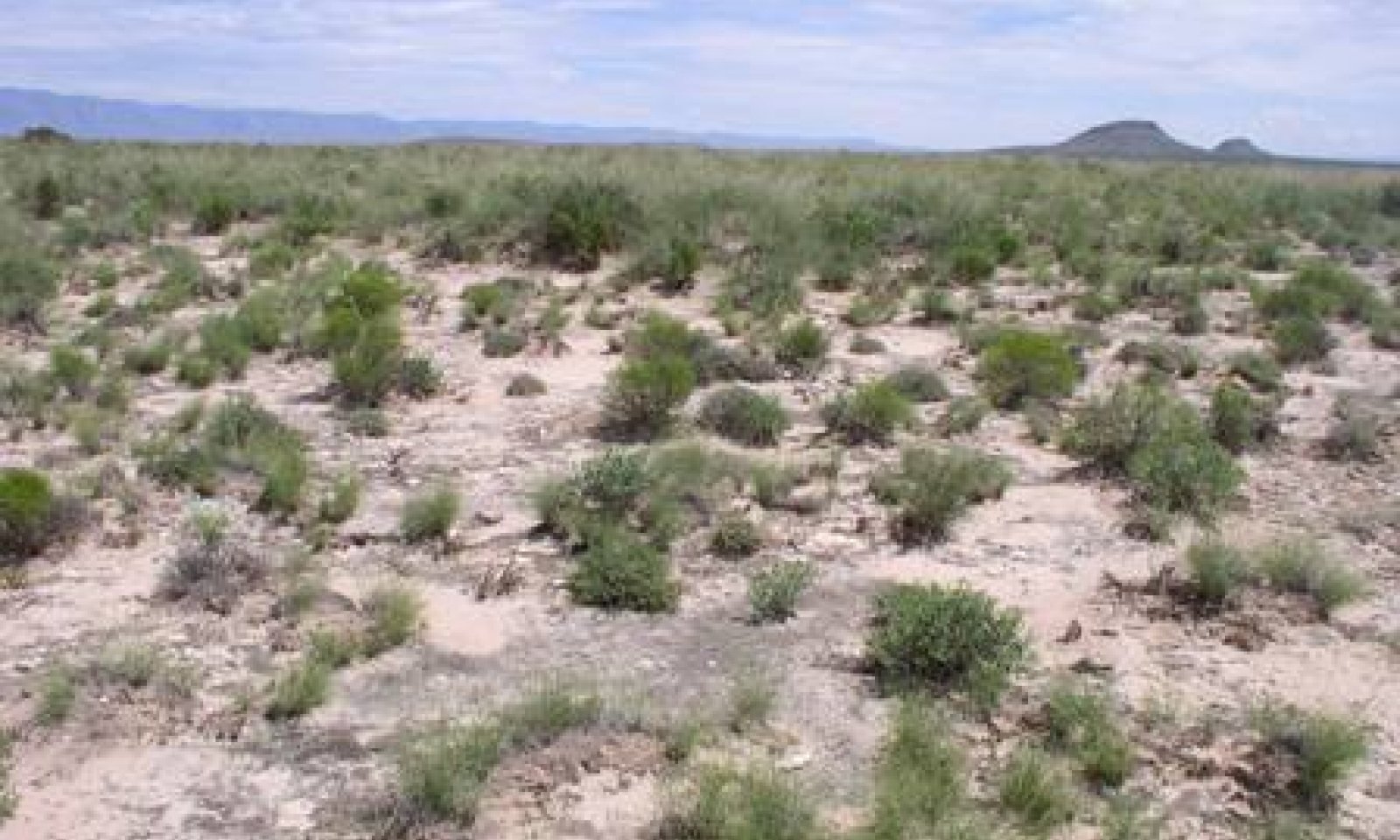
Gyp Outcrop, Desert Shrub
Scenario model
Current ecosystem state
Select a state
Management practices/drivers
Select a transition or restoration pathway
- Transition T1A More details
- Transition T1B More details
- Restoration pathway R2A More details
- Transition T2A More details
-
No transition or restoration pathway between the selected states has been described
Target ecosystem state
Select a state
Description
This state is characterized by a patchy mosaic of grasses, sub-shrubs, and shrubs. Production is relatively low, and cover of biological and physical crusts is high.
Submodel
Description
This State is characterized by a decrease in grass cover resulting in dominance of the shrub component.
Submodel
Mechanism
Grass/Shrub Mix =>Shrub Dominated
Transitions to a Shrub Dominated state may result from continuous heavy grazing pressure or periods of extended drought. These sites are naturally fragile and care should be taken not to overgraze.
Mechanism
Grass/Shrub Mix=>Bare State.
Transitions to a bare state are thought to happen in response to a severe disturbance and resulting accelerated erosion. The Bare State tends to occur most commonly on areas where the Gyp Outcrop is interspersed within degraded Sandy ecological sites.
Mechanism
Shrub Dominated=>Grass/Shrub
Restoring a good mix of grasses and shrubs on this site is difficult at best. Techniques that may assist include breaking up physical crusts on the soil surface, seeding, and a prescribed grazing plan that allows adequate rest following seeding. Success of seeding is limited by low average rainfall, high evaporation rate, physical crusting of surface soils, runoff on convex mounds, and continuous use by wildlife.
Mechanism
Shrub-Dominated=>Bare State
Transitions to a bare state are thought to happen in response to a severe disturbance and resulting accelerated erosion. The Bare State tends to occur most commonly on areas where the Gyp Outcrop is interspersed within degraded Sandy ecological sites.
Model keys
Briefcase
Add ecological sites and Major Land Resource Areas to your briefcase by clicking on the briefcase (![]() ) icon wherever it occurs. Drag and drop items to reorder. Cookies are used to store briefcase items between browsing sessions. Because of this, the number of items that can be added to your briefcase is limited, and briefcase items added on one device and browser cannot be accessed from another device or browser. Users who do not wish to place cookies on their devices should not use the briefcase tool. Briefcase cookies serve no other purpose than described here and are deleted whenever browsing history is cleared.
) icon wherever it occurs. Drag and drop items to reorder. Cookies are used to store briefcase items between browsing sessions. Because of this, the number of items that can be added to your briefcase is limited, and briefcase items added on one device and browser cannot be accessed from another device or browser. Users who do not wish to place cookies on their devices should not use the briefcase tool. Briefcase cookies serve no other purpose than described here and are deleted whenever browsing history is cleared.
Ecological sites
Major Land Resource Areas
The Ecosystem Dynamics Interpretive Tool is an information system framework developed by the USDA-ARS Jornada Experimental Range, USDA Natural Resources Conservation Service, and New Mexico State University.






